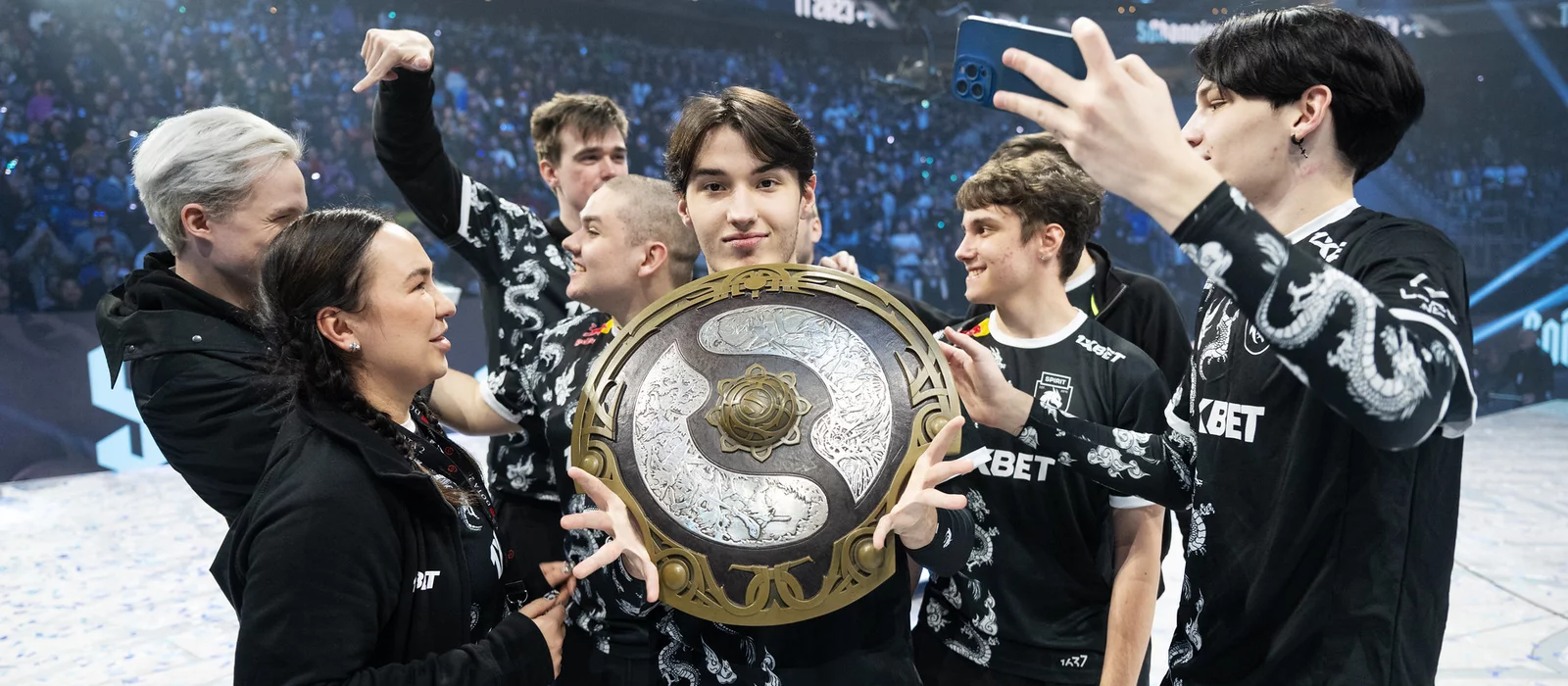September proved to be an exceptionally strong month for Valve`s enduring MOBA, Dota 2, as the game witnessed a significant surge in its player base, achieving milestones not seen in years. The statistics, meticulously tracked by various platforms, painted a clear picture of renewed interest and engagement, largely attributed to the grandeur of its flagship annual event.
A Resurgence in Numbers: Breaking Multi-Year Records
The numbers speak for themselves. In September, Dota 2 recorded an average online player count of 580.8 thousand users. This figure represents a robust 9.1% increase compared to the preceding month, an impressive jump that positioned September as the game`s best performance in terms of average concurrency in six years. One would have to rewind to March 2019 to find a period with higher sustained player engagement.
The peak concurrent player count was equally compelling, reaching an astonishing 953.8 thousand players. While not quite breaking the million-player mark, this peak online figure stands as the highest in three years, with the last superior peak observed in November 2022, when the game briefly exceeded 990 thousand concurrent users. For a title that has been a cornerstone of the esports landscape for over a decade, these statistics underscore a remarkable period of revitalization.
The International`s Undeniable Gravitational Pull
The primary driver behind this significant influx of players is no mystery to anyone familiar with the Dota 2 ecosystem: The International 2025. Held across ten days in Germany, this championship isn`t just a tournament; it`s the culmination of the competitive season, a global spectacle where the world`s best teams vie for the coveted Aegis of Champions and a prize pool that consistently ranks among the largest in esports history.
The event`s timing in September perfectly coincided with the recorded player boom. As veteran players and newcomers alike tuned in to witness high-stakes competition, many were also drawn back into the game itself. It`s a classic case of supply and demand: the supply of unparalleled competitive entertainment meeting the demand for engagement, often fueled by personal aspirations of grandeur – or at least, better in-game items.
More Than Just Watching: The Compendium`s Lure
Beyond the pure spectacle, Valve provided a direct incentive for players to log back into the client: a free Compendium. This in-game feature allowed players to engage with The International on a deeper level, participating in predictions, fantasy leagues, and challenges. Crucially, it offered the opportunity to compete for highly desirable in-game rewards, including the coveted Arcana items and various thematic Immortal treasures.
It seems the promise of `free stuff` – particularly items that bestow significant cosmetic prestige – remains an evergreen strategy for luring players back to the digital battlefield. Perhaps the only thing more motivating than watching professional players execute flawless plays is the prospect of looking equally fabulous (or ridiculous, depending on your Arcana choice) while attempting to emulate them.
This clever combination of live esports excitement and tangible in-game rewards creates a compelling feedback loop. Players watch the pros, get inspired (or frustrated), then jump into their own games, all while progressing through a Compendium that promises shiny new cosmetics. It`s a testament to the effectiveness of blending competitive viewing with direct player participation incentives.
What This Means for Dota 2`s Future
The September surge is more than just a momentary blip; it represents a robust validation of Dota 2`s enduring appeal and Valve`s ability to revitalize its player base, even if primarily driven by its premier annual event. For a game that has seen its share of fluctuations over the years, achieving a six-year high in average online players is a significant indicator of its continued health within the incredibly competitive MOBA genre.
It demonstrates that Dota 2, with its complex mechanics and high skill ceiling, still holds a powerful grip on its dedicated community and possesses the ability to attract returning players. While the sustainability of these numbers post-International will be the next key metric, the September performance unequivocally shows that when The International comes calling, players answer—eagerly, and in droves.

